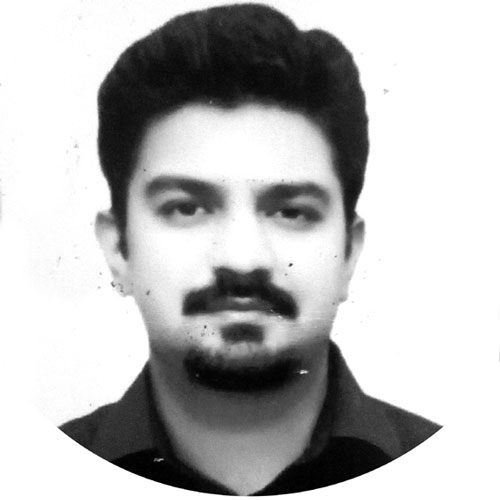Dr M Ahmed Abdullah
IMAGINE a bacterium infecting the human body; it enters through various entry points, using innovative and diverse modes of transmission. Once inside, it may infect targeted tissues and organs, or may enter the blood stream and spread throughout the body and cause septicaemia. Now imagine that this apparently insignificant single celled microbe mutates and changes in order to exponentially increase its ability to multiply.
It increases its copies through changing its way of reproduction and aims to take control of other organ systems. If this continues, it will cause disease and death; but this microbial growth will not go unchecked. The body it infects has also developed counter attack mechanisms of its own, the immune cells and chemicals that flow through the circulatory system, the natural reflexes under the direct control of the central nervous system, the chemical attacks orchestrated by the autonomic nervous system, the physical barriers presented by the reticulo-endothelial system.
The body will try to its fullest to rid itself of this trivial pest that challenges the mighty human machine. The bacteria also miscalculated an important ability of the human kind to evolve, improve and innovate. The array of therapeutic arsenal will also be used to win this battle. It is not in the benefit of the bacteria that the host dies, for the body is its universe.
Death of the host would also mean death of the conqueror. That is why all successful infections require an effective mode of exit from one host body, to another. Now consider the example of the human kind, and its spread as a species on planet Earth. According to evolutionary biologists and historians, modern humans or Homo sapiens started moving out of Africa around 200,000 years ago. They had survived a millennium long nuclear winter before this exodus; only through cooperation, also known as symbiosis in the microbial world.
The species was adaptable and innovative, with not only the capacity to survive but to grow exponentially in numbers. During the course of this expansion the humankind even altered their reproductive cycle from estrous to menstrual, which made reproduction to be possible throughout the year. In the 1800’s the total human population had grown to one billion since the start of humanity, the next billion was added in 123 years, the next one took just 33 years and the subsequent billion was added in just 14 years. This duration of population explosion shortened due to a multitude of reasons, including the development of vaccination and the growth of medical science, which in turn limited the expected deaths at extremes of ages.
This population growth has gone hand in hand with the industrial revolution. An evident example of this is the evolution of plastic use, which since its invention in 1907 by Leo Baekeland has gone out of control in a mere span of one century, to the extent that 8 million tons of plastic waste ends up in our oceans each year, and constitute to around 80 percent of the ocean debris. The Gaia theory is a very important concept in this regard, which essentially says that all organisms and non living things on Earth are interrelated in terms of life and existence.
It also talks about the concept that the planet Earth in itself is a living organism with its lungs comprising of forests and trees and its circulatory system made up of rivers and oceans. The soil acts as the parenchyma. In the presence of all such organs and organ systems of the planet an immune system is also expected to exist. Throughout history the Earth has activated its immune system through natural disasters, famines and pandemics. The COVID-19 is yet another example of how the planet has to periodically activate its immune responses against the most persistent infection of all; The Human Infection.
—The writer is Assistant Professor Public Health, Islamabad Medical and Dental College.










